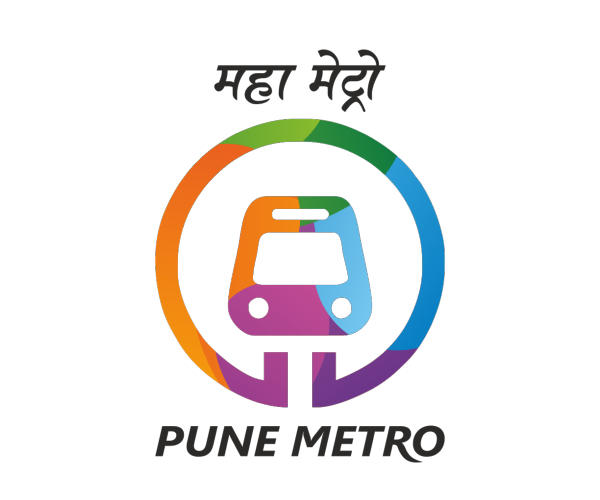Festive Interior Tips for a Bright and Beautiful Diwali
Festive Interior Tips for a Bright and Beautiful Diwali As the festival of lights approaches, it’s the perfect time to refresh and illuminate your living spaces to reflect the joy and prosperity that Diwali symbolizes. Whether you’re a homeowner, a real estate professional, or a property investor, creating the right festive ambiance can enhance the appeal of your property. Here are some interior tips that can make any space feel warm, inviting, and perfect for celebrating Diwali. Let There Be Light Diwali is synonymous with lighting, and the right illumination can instantly transform the mood of a home. Consider a combination of traditional and modern lighting fixtures to brighten your interiors. Use fairy lights, lanterns, and candles to create a soft, ambient glow around windows, doorways, and balconies. Opt for decorative diyas and scented candles in brass or silver holders for an elegant touch that reflects the festive spirit. Rangoli Art for a Vibrant Welcome A timeless tradition during Diwali is creating a rangoli at the entrance of your home. Bright colors and intricate patterns add vibrancy and symbolize positivity. To make it stand out, use natural elements like flower petals, colored rice, or eco-friendly dyes. For a modern twist, use stencils or pre-made designs to craft beautiful geometric patterns. A well-designed rangoli not only makes a statement but also offers an inviting touch to anyone entering your home. Festive Furnishings Diwali is the perfect time to update your home with festive textiles. Swap out your regular cushions, curtains, and bed linens for rich, vibrant colors like royal blue, deep maroon, or golden yellow. Fabrics such as silk, velvet, and brocade add a luxurious feel, while ethnic prints and embroidered designs enhance the festive aura. Adding throws and cushions with metallic accents or zari work can also elevate the look of your living room or bedroom. Floral Arrangements Nothing brings the beauty of nature indoors like fresh flowers. Use marigold garlands, roses, or jasmine to adorn doorways, staircases, and mantles. Fresh flowers not only add color but also a fragrant freshness to the home. You can place flower bowls filled with floating candles or use vases with festive blooms in your living space to instantly brighten up the room. Statement Décor Pieces Diwali décor is all about blending tradition with modern style. Introduce statement pieces like brass lamps, intricate wall hangings, or vintage artwork to bring an opulent touch to your home. Look for traditional accents like idols of Lord Ganesha or Lakshmi, bells, or antique mirrors that add both spiritual and aesthetic value. Declutter and Cleanse Lastly, one of the key traditions of Diwali is deep cleaning and decluttering your home to welcome new beginnings. A neat and organized home allows positive energy to flow freely. Use this opportunity to get rid of old or unused items, rearrange furniture for better flow, and bring a sense of calm and order to your living space. By incorporating these simple yet effective interior tips, you can make your home festive-ready, enhancing its appeal and creating a warm, welcoming environment for guests and family alike during this joyous Diwali season. Ar. Manish Dagade Founder of WEAVER INTERIOR Contact No. +9198501 48768
Festive Interior Tips for a Bright and Beautiful Diwali Read More »















